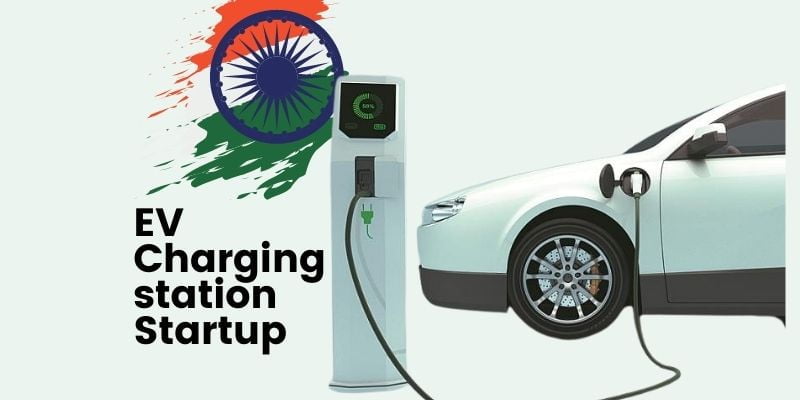Are you interested in contributing to India’s green revolution by opening an electric car charging station? Learn the ins and outs of “How To Open An Electric Car Charging Station In India” with this comprehensive guide.
Introduction
The electric vehicle (EV) market is on the rise in India, and with the government’s ambitious plans to electrify the nation’s transportation sector, there’s no better time to invest in the future of clean and sustainable mobility. Opening an electric car charging station in India can be a lucrative business opportunity that not only contributes to environmental conservation but also aligns with the country’s sustainable development goals.
Why Open an Electric Car Charging Station in India?
Before we delve into the specifics of setting up an electric car charging station, let’s understand why it’s a viable and crucial venture in India.
- Growing EV Market: India’s EV market is rapidly expanding, with several automakers introducing electric models and the government providing incentives to promote adoption.
- Government Support: The Indian government is committed to reducing carbon emissions and has introduced policies and incentives to encourage EV adoption and charging infrastructure development.
- Eco-Friendly Initiative: By opening a charging station, you contribute to reducing the nation’s carbon footprint and support a greener future.
How To Open An Electric Car Charging Station In India
In this section, we will provide a step-by-step guide on “How To Open An Electric Car Charging Station In India” for aspiring entrepreneurs.
1. Conduct Market Research
Start by conducting thorough market research. Identify potential locations with a high density of EVs and assess the competition. Analyze the charging infrastructure requirements in your chosen area.
2. Business Plan and Legalities
Develop a comprehensive business plan outlining your station’s structure, services, and revenue model. Seek legal advice to understand the permits and licenses required for setting up a charging station.
3. Location Selection
Choosing the right location is critical. High-traffic areas, commercial complexes, and residential neighborhoods with EV owners are ideal. Ensure your station is easily accessible and visible.
4. Infrastructure Setup
Invest in the necessary charging equipment, including Level 2 and DC fast chargers. Consider the power supply and grid connection requirements for your station.
5. Funding and Financing
Secure the required capital for infrastructure setup and operational costs. Explore government grants, subsidies, and private investors to fund your project.
6. Installation and Network Setup
Install the charging equipment following safety regulations. Set up a user-friendly payment and network system for customers to access your station.
7. Branding and Marketing
Create a strong brand identity for your charging station and implement effective marketing strategies to attract EV users. Utilize digital marketing, social media, and partnerships.
8. Maintenance and Customer Support
Ensure regular maintenance of the charging equipment to provide a reliable service. Establish a customer support system for inquiries and assistance.
9. Legal Compliance
Adhere to all legal and safety regulations, including pricing transparency, data privacy, and quality standards.
10. Monitor and Expand
Continuously monitor the performance of your station and gather user feedback for improvements. Consider expanding to other locations as the EV market grows.
Conclusion
Opening an electric car charging station in India presents a golden opportunity for entrepreneurs to contribute to the country’s sustainable development goals while building a profitable business. With the government’s focus on electric mobility, the time is ripe to invest in this industry.
Remember that “How To Open An Electric Car Charging Station In India” is not just a venture for profit; it’s a commitment to a greener, cleaner, and more sustainable future. By following the steps outlined in this guide and staying updated with the evolving EV landscape, you can be a part of India’s electric revolution. Start today and be a catalyst for change.

